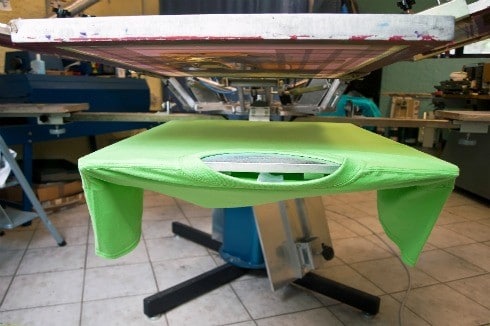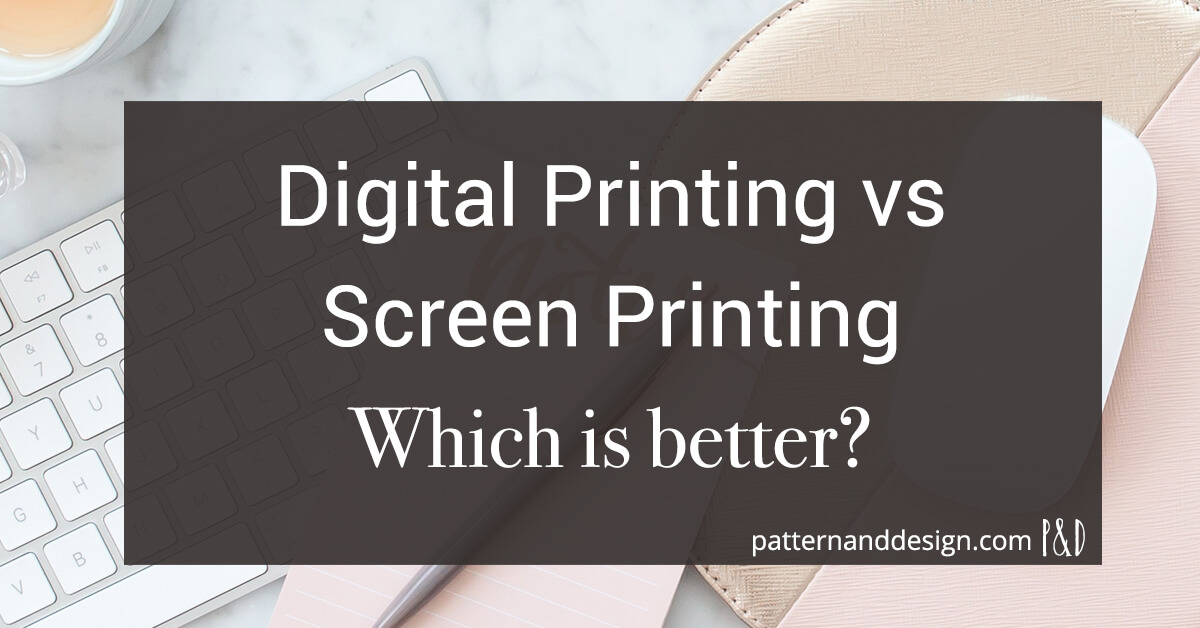Some Known Incorrect Statements About Tx Tees
Some Known Incorrect Statements About Tx Tees
Blog Article
The Basic Principles Of Tx Tees
Table of ContentsThe Single Strategy To Use For Tx TeesFacts About Tx Tees UncoveredOur Tx Tees PDFsTx Tees for BeginnersThe Tx Tees DiariesIndicators on Tx Tees You Should KnowThe Buzz on Tx Tees
That brings your total to around $1,900 prior to tax and delivery. Accumulate various other expenses, like the number of energies it requires to run the store and the expense of ink and emulsion per layout. custom screen printing. Take the print listed below as an example. This is a one-color photo, so the cost of ink per shirt is about 20 cents.The emulsion should only be a few cents considering that you 'd only need to coat one screen for this job. Typically, printers try to make up to 45% earnings on a print task.

With DTF, you can print a handful of t-shirts, or simply one. Both display printing and DTF have their specific niches in the globe.
The Ultimate Guide To Tx Tees
The very best way to recognize? Ask around and see what print stores like yours are doing. screen printing shop. Try both out and see which you like better
When you're selecting what type of printing technique to utilize for printing your artwork layouts on your garments, it's important that you understand the distinctions in between these two methods so you can maximize outcomes while reducing expenses. Screen printing is one of the most typically made use of technique for printing layouts on textiles.
DTG printing is also called area or straight to garment printing due to the fact that it prints just what is needed as opposed to making a display as display printers do. https://telegra.ph/TX-Tees-Your-Ultimate-Screen-Printing-Shop-in-Abilene-TX-03-28. Screen printing functions by display filler squeegee screen printing ink display mesh screen, then moving the photo to garment using heat and/or pressure
The DTG printer uses unique dye-sublimation inks that are used into a pre-designed photo by a digital printing system. The inks enter into the textile, enabling lively colors and exceptional information. It's additionally recognized as area or straight to garment printing since it prints just what is required as opposed to making a display as screen printers do.
All about Tx Tees
Initially, it's much quicker - you can publish a fullcolor image in minutes, as opposed to hours for screen printing. Second, there's no set up time or expenses entailed - you can print any kind of design you like, without having to create a display first. Third, there's no waste - since display printers display print one layout each time, they need to evaluate each shade separately.
The paper is very expensive and can just be utilized when. Once it's printed on, it needs to be thrown out. - The initial purchase price is lower than the upfront financial investment of DTG printers- You can print multi-color styles one screen at a time as opposed to needing to print each shade independently like DTG printing.

Not known Details About Tx Tees
Instead of utilizing display mesh as display printers do, dye sublimation printers use laser innovation to transfer your photos onto garments or paper. A heat process transfers the dye from its solid-state straight right into the gas phase which subsequently integrates it onto fabric substrates when they are rapidly heated up to high temperatures under high stress.
Sublimation printing is environmentally friendly. It utilizes much less water than screenprinting, and due to the fact that it does not involve the use of dangerous solvents, it's secure for all kinds of clothing. The color sublimation inks are additionally odorless when cured, unlike screen printers that make use of hazardous chemicals during the screen printing process that leave behind an undesirable smell.
They additionally conserve cash on pricey equipment like exposure systems considering that color sublimation printers don't require a UV exposure unit or a flash treatment stove that is typically made use of in display printing (screen printer). What is direct to garment printing (DTG Printing)? DTG printing is a digital screenprinting process that publishes straight onto material utilizing specialized inkjet printers
A Biased View of Tx Tees
DTG printing provides many advantages over typical screenprinting, including the ability to publish photographic quality photos, higher shade vibrancy, and the capability to print designs on darker textiles. DTG printers work by warming the textile ink till it becomes a gas. The gas after that permeates the textile, bonding with the fibers to produce a permanent print.

Screen printers just prepare their display then begin publishing till they lack product or ink.- There is a vast array of knowledgeable display printers around the world, which can be valuable for novices. - It's a slower process - screen printers frequently have to await the ink to completely dry prior to they can print the next shade- Display printers need manual labor, so there's a higher understanding contour and it takes longer to create a top notch style- Screen printing isn't as exact as DTG printing, so you may get some "blood loss" of shades from one part of the photo onto an additional if not done appropriately.
Facts About Tx Tees Uncovered
However, rather of utilizing screen mesh as screen printers do, color sublimation printers utilize laser technology to transfer your photos onto garments or paper. A heat procedure transfers the dye from its solid-state straight into the gas stage which in turn merges it onto textile substratums when they are rapidly heated up to high temperature levels under high pressure.
Sublimation printing is green. It utilizes much less water than screenprinting, and because it doesn't entail making use of dangerous solvents, it's safe for all kinds of garments. The dye sublimation inks are likewise unsmelling when cured, unlike screen printers that make use of harmful chemicals during the display printing procedure that leave an unpleasant odor.
They likewise conserve cash on costly equipment like direct exposure devices since dye sublimation printers don't need a UV direct exposure unit or a flash cure oven that is usually made use of in display printing. What is direct to garment printing (DTG Printing)? DTG printing is a digital screenprinting process that publishes straight onto textile using specialized inkjet printers.
Top Guidelines Of Tx Tees
DTG printing uses numerous benefits over traditional screenprinting, including the ability to publish photo top quality pictures, higher color vibrancy, and the ability to publish layouts on darker materials. DTG printers work by heating the textile ink till it transforms right into a gas. The gas then permeates the textile, bonding with the fibers to produce a long-term print.
Report this page